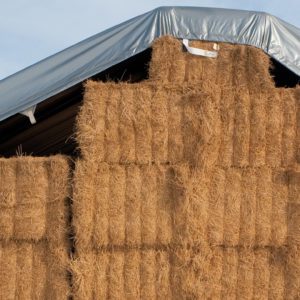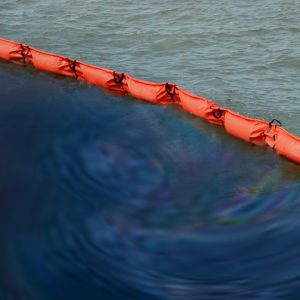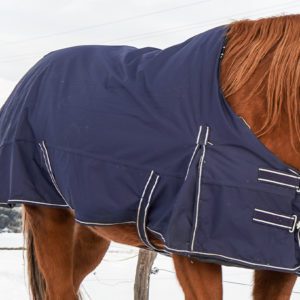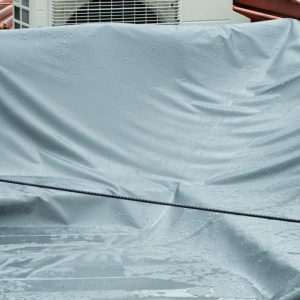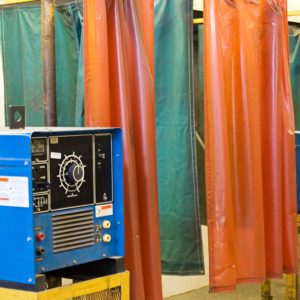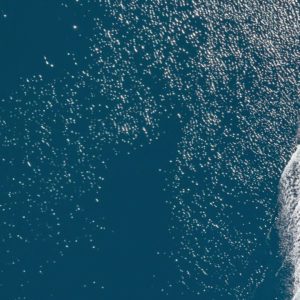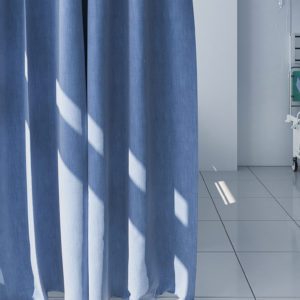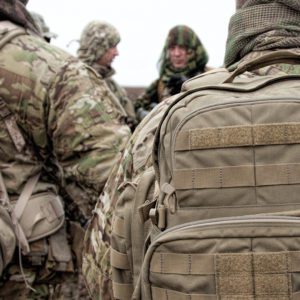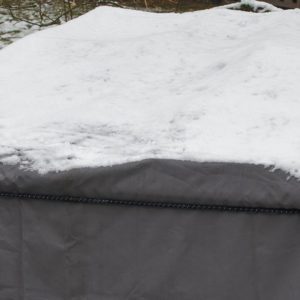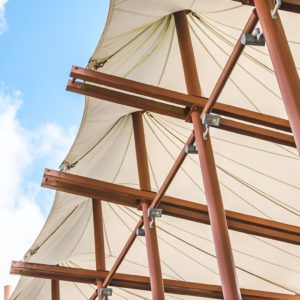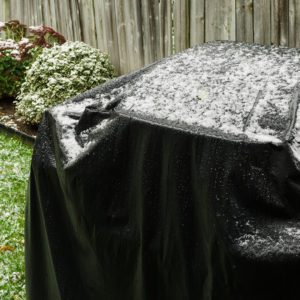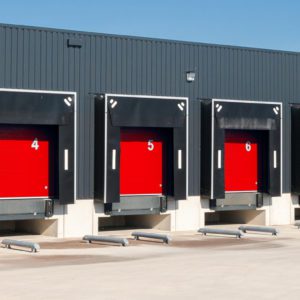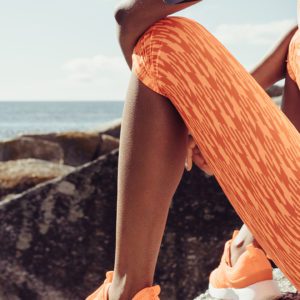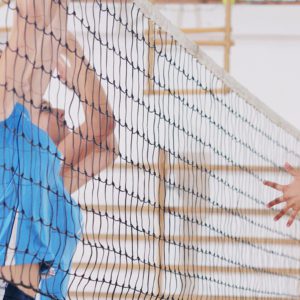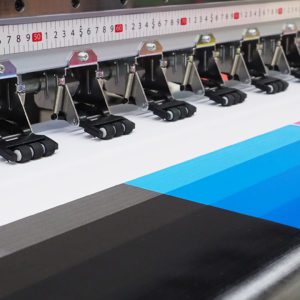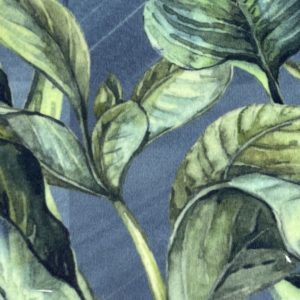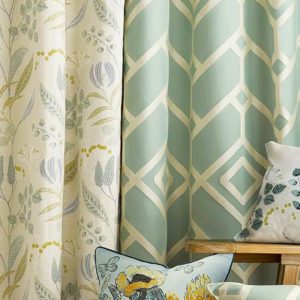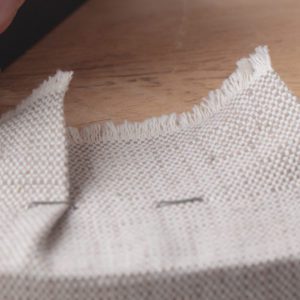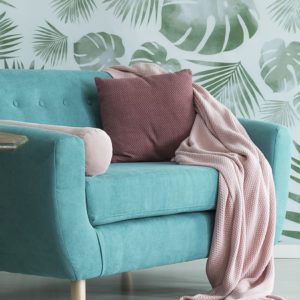UV Inhibitor: Is It Worth It?
Ultraviolet (UV) radiation can cause damage to the structure of materials leading to discoloration, weakening, and degradation over time. A UV inhibitor coating can enhance the longevity of a fabric used for outdoor applications by protecting the textile from the sun’s harmful impact.
UV inhibitors are chemicals added to protect fabrics from the damaging effects of UV radiation from the sun. UV Inhibitors are only used to slow down fabric degradation – not to increase colorfastness to light properties.
What Can Reduce UV Degradation?
Color choice:
Some colors are less likely to be affected by UV degradation than others. Generally, darker and more intense colors tend to be more resistant to UV damage than lighter and more pastel colors. This is because darker colors contain more pigments, which can absorb more UV radiation and protect the underlying fibers.
Black is one of the most resistant colors to UV degradation, as it absorbs a high percentage of UV radiation. Other dark colors, such as navy, deep red, and dark green, are also relatively resistant to UV damage. On the other hand, white and other light colors tend to be more susceptible to UV degradation and reflect more UV radiation due to fewer pigments to protect the fibers.
Fun fact: Fluorescent shades tend to have the worst UV resistance and color retention.
Yarn selection:
The type of fiber used to make a fabric can influence its resistance to UV radiation. Type 6.6 Nylon high tenacity (HT) fiber is the best option for UV resistance and offers superior color fastness to light properties. Nylon 6.6 is also more expensive.
Cotton, silk and other natural fibers are more susceptible to UV damage than polyester, nylon, and other synthetic fibers. This is because natural fibers tend to have fewer pigments and are more susceptible to fading and discoloration when exposed to UV radiation.
Fun fact: The harder the fiber is to dye, the harder it is for the dye to come out.
Construction:
Fabric weight: Generally, heavier fabrics are more resistant to UV damage than lighter fabrics. Heavier fabrics take a longer time to degrade.
Weave pattern: The weave pattern of a fabric can also affect its resistance to UV damage. Tighter weaves, such as twill or satin weaves, provide more protection from UV radiation than looser weaves, including plain or leno weaves.
Dyeing method:
Dye formula also affects UV resistance. Depending on the formula, a light color may occasionally be more resistant depending on the chemicals used. Solution dyed fabrics have better color fastness but are not more resistant to UV degradation. High intensity colors and fluorescent shades have poor color fastness to light properties and poor UV resistant properties.
Environmental factors:
Temperature: High temperatures can accelerate the degradation of fabrics exposed to UV radiation. When fabrics are exposed to high temperatures and UV radiation simultaneously, the combination can cause the fabric to break down more quickly than if exposed to UV radiation alone.
Moisture: Moisture can also affect the UV degradation of fabrics. High levels of moisture can cause fabrics to absorb more UV radiation, which can increase the rate of degradation.
